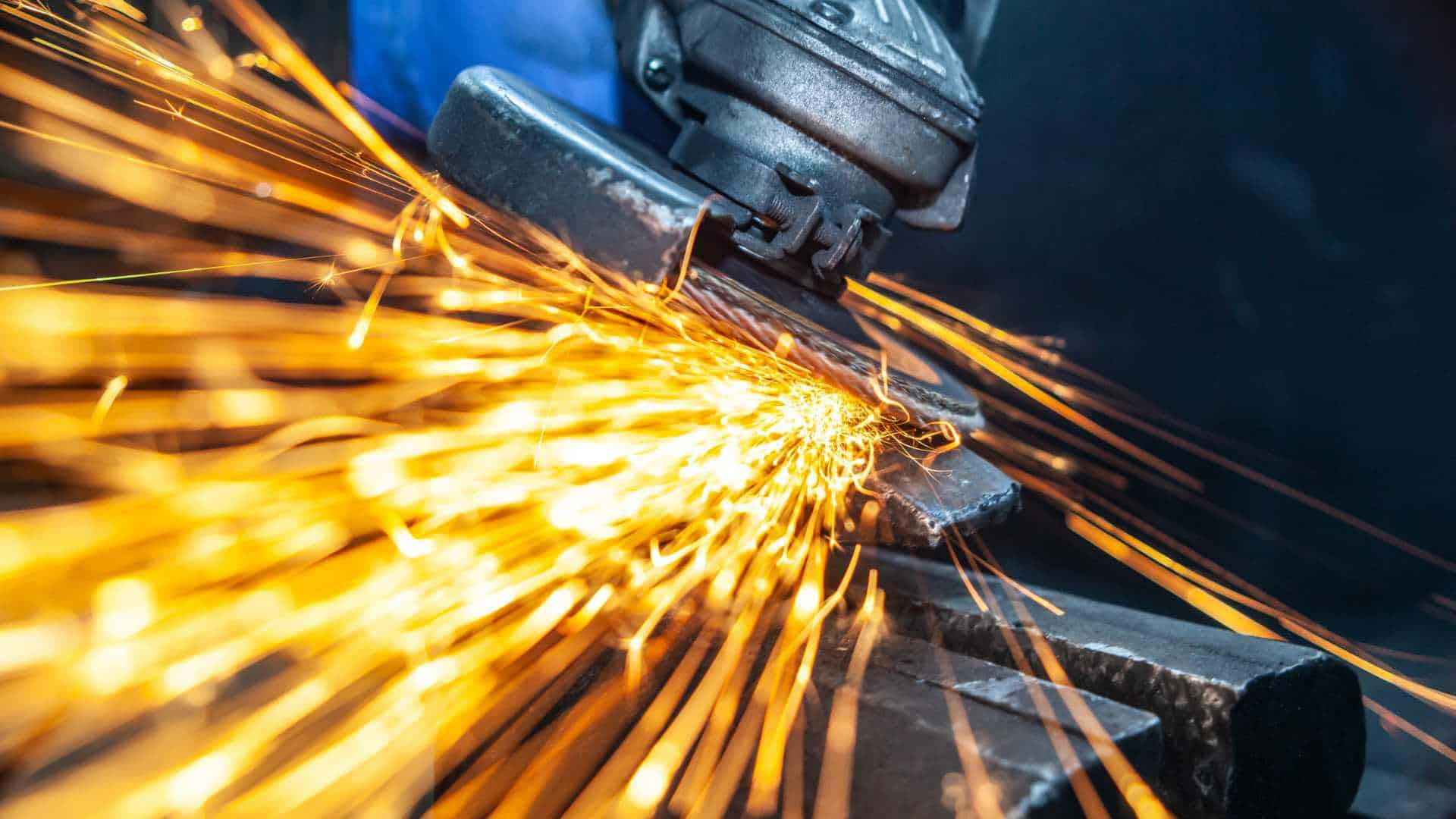


 349,500 Offered Certificates
349,500 Offered Certificates
 24/7 Online Training
24/7 Online Training
 Money Back Guarantee
Money Back Guarantee
 Fully Accredited Courses
Fully Accredited Courses

Created at: 22-02-2025 20:10
Abrasive wheels are essential tools in various industries, but their misuse can lead to severe accidents and injuries. Understanding the key safety risks associated with abrasive wheels is crucial for both employers and employees. Here, we delve into these risks and discuss how proper training initiatives can significantly mitigate workplace hazards.
While abrasive wheels play a critical role in cutting, grinding, and shaping materials, they pose several safety hazards, including:
In addition to the risks mentioned above, there are several common workplace hazards related to abrasive wheels:
Investing in Abrasive Wheels Training is crucial for promoting workplace safety. Training programs help identify hazards and create a culture of safety within the organization. Here are some key components of effective training:
Numerous workplace accidents have been averted by implementing proper training programs. Consider two instances:
At a manufacturing facility, an employee sustained severe injuries due to an improperly mounted abrasive wheel. Post-incident analysis revealed a lack of training as a key contributing factor. Following this event, the company implemented a comprehensive Abrasive Wheels Safety Course, resulting in a 50% reduction in similar incidents.
A construction site in Dublin experienced multiple near-misses involving abrasive wheel misuse. The management decided to organize a certified abrasive wheels training program. After the training, employees reported a better understanding of risks and a boost in confidence while using equipment, leading to fewer accidents.
To ensure the safety of all workers when using abrasive wheels, consider the following best practices:
Understanding the safety risks associated with abrasive wheels is vital for preventing workplace accidents. By investing in proper training, organizations can create a culture of safety that minimizes hazards, protects employees, and enhances overall productivity.
Are you ready to improve your workplace safety with certified Abrasive Wheels training? Contact us at [email protected] and take the first step towards safer operations today!